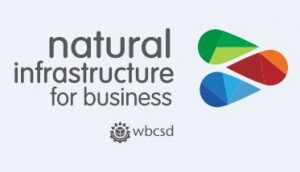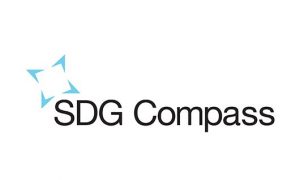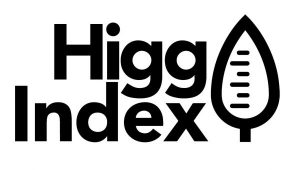Primary Functions
- Assess the performance of food companies in addressing water risk.
- Learn about progress made by food companies in managing their water risks as compared to performance in 2017 and 2015.
Detailed Description
The $5 trillion global food and agribusiness sector operates at the center of the world’s growing water crisis. Highly dependent on large volumes of cheap water supplies, food companies are also among the first to feel the financial heat of climate change, as rising average global temperatures and shifting weather patterns make fresh water scarcer and agricultural production more volatile.
Food companies are not only at risk due to water scarcity, they are also responsible for it. Agriculture is rapidly draining aquifers in many regions of the world, and meat production is one of the biggest polluters of watersheds globally.
This updated third edition of Feeding Ourselves Thirsty provides investors with guidance and relevant data for evaluating the water risk management of publicly held companies in the Agricultural Products, Beverage, Meat, and Packaged Food industries, collectively referred to as “the food sector” throughout. It also tracks these companies’ progress on assessing, disclosing and managing their water risks.
This analysis can also help food companies more effectively manage their water risks, which is critically important to their bottom lines. With the effects of climate change already being felt worldwide, and with steadily increasing demand for water-intensive goods from a rising global population, companies must evaluate, manage and mitigate their water risks in order to offer competitive returns to their investors over the long term.
As in the 2015 and 2017 editions, Feeding Ourselves Thirsty guides investors and companies through the key water risks facing these industries and features:
- A unique dataset ranking 40 major food companies on the quality of their water risk management
- An analysis of how company performance has changed since prior rounds of benchmarking in 2017 and 2015
Companies are assessed on a 0-to-100 points basis across four key categories of water risk management:
- Governance and Strategy
- Direct Operations
- Manufacturing Supply Chain
- Agricultural Supply Chain





